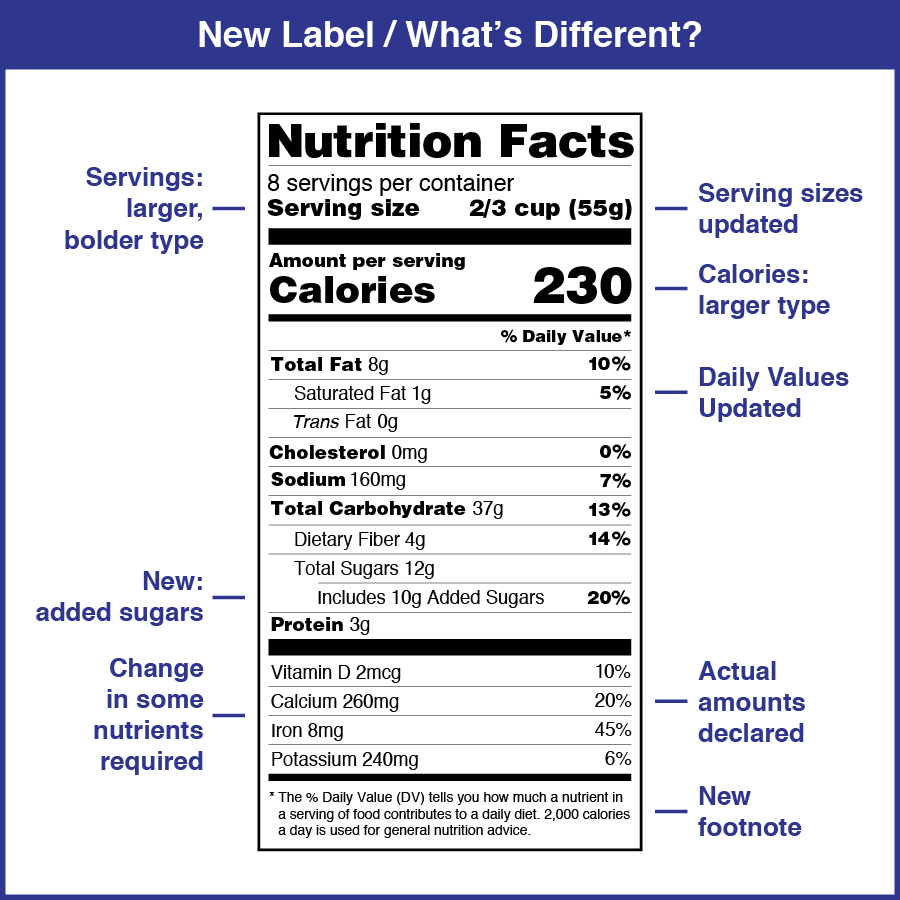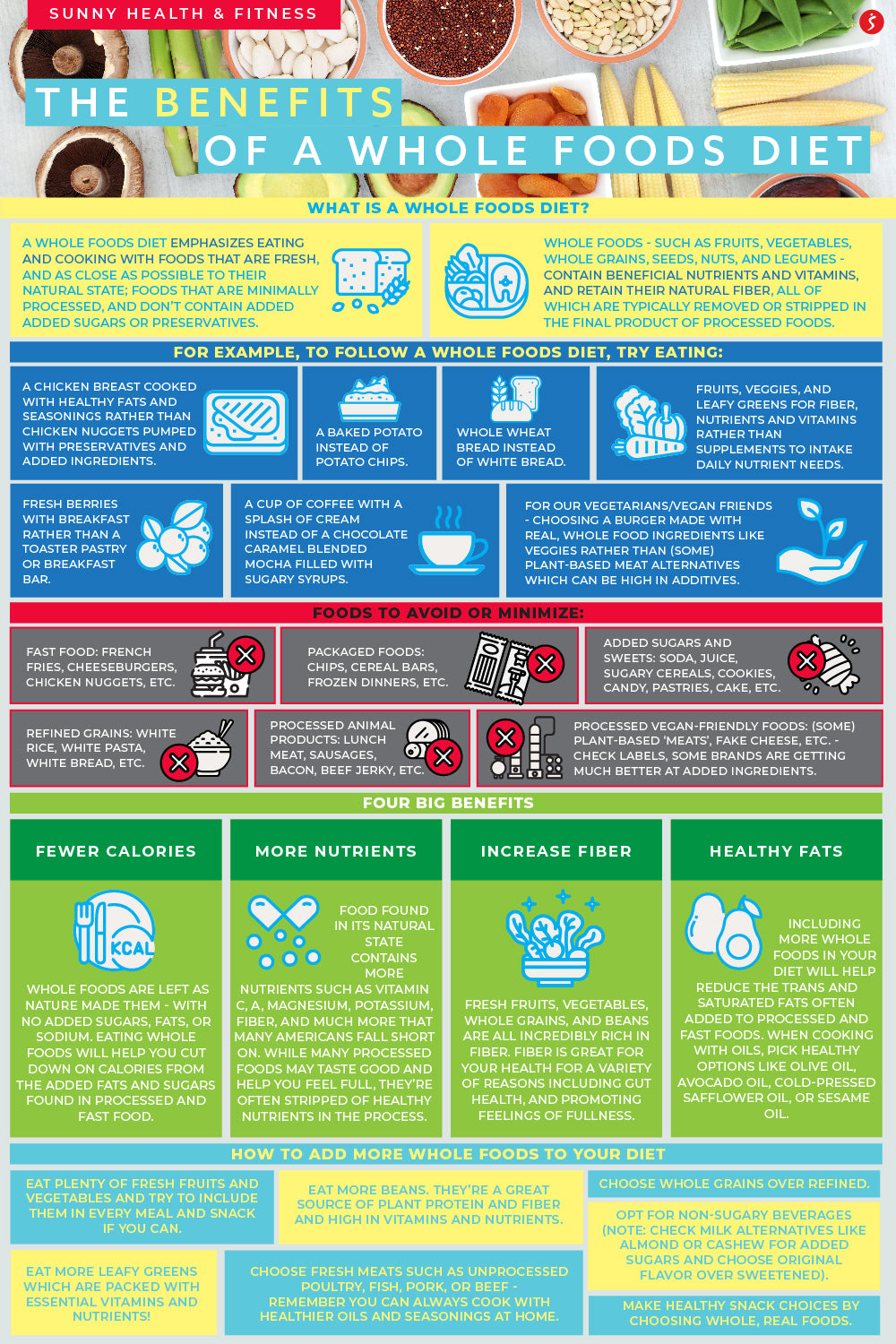Why Nutrition Labels May Not Be as Reliable as You Think
Nutrition labels are intended to guide consumers in making informed dietary choices, but they often come with inherent limitations. Globally, standards such as those set by the FDA allow for up to a 20% margin of error in nutrient values, which can mislead individuals from regions like Uganda to the United States. This article provides a comprehensive analysis of these inaccuracies, the contributing factors, and practical strategies for prioritizing whole foods to support better health outcomes. Drawing on recent research from 2025, including studies on machine learning applications and front-of-pack (FOP) labeling, we explore how to navigate these challenges effectively.
Understanding the Inaccuracies in Nutrition Labels
Nutrition labels frequently rely on estimated values rather than direct testing of each product batch. Variations in soil quality, farming methods, and seasonal changes can significantly impact actual nutrient content. For instance, in Europe, EU regulations permit certain tolerances, yet real-world values often deviate from what's printed.
Recent 2025 research underscores these issues. A study published in MDPI examines the use of machine learning to predict and evaluate label accuracy more effectively. Similarly, a ScienceDirect analysis on FOP labels assesses their impact on consumer choices, while a Frontiers study on prepackaged foods in China highlights factors influencing consumer awareness. Kerry's report on the evolution of FOP labeling addresses rising obesity trends, and the CDC's 2025 research explores nutrition label use in relation to DASH diet adherence. Additional insights come from a PMC article on college students' engagement with labels and NIST's explanation of measurement accuracy, which notes a typical 2-5% precision range for key nutrients.
The global nutrition labeling market is projected to grow, as per Future Market Insights' 2025 report, reaching $36 billion by 2035. A critical review in BMC evaluates labels as public health tools, and UNC's factsheet provides guidance on FOP label effectiveness.
Global examples illustrate these variances: Tropical fruits in Asia, for instance, can fluctuate in nutrient levels due to seasonal changes.
For more insights on health and wellness, visit our Elite Blog.
Key Factors Influencing Nutritional Content
Several environmental and processing elements contribute to discrepancies between labeled and actual nutrition:
- Soil Quality: According to a UN report, depleted soils can reduce mineral content by up to 30%.
- Farming Practices: Organic produce may offer up to 20% more nutrients compared to conventional methods, as noted in Miller's review on FOP labeling.
- Processing: Heat treatments during manufacturing can degrade vitamins.
- Storage and Transport: Extended global supply chains lead to nutrient loss over time.
- Labeling Standards: Regulations vary; the FDA and EU have different tolerance levels.
- Measurement Errors: NIST reports a 2-5% accuracy range in testing.
- Market Dynamics: The labeling industry is expanding, with projections from Future Market Insights indicating significant growth.
Studies from the Journal of Food Science reveal variances of 15-50% in nutrient content due to these factors.
The Reality of Label Accuracy and Its Implications
As discussed on Stronger by Science, nutrition labels prioritize precision over absolute accuracy in many cases. This distinction is crucial for consumers tracking intake.
Further reading on spotting misleading labels can be found at Luke Coutinho's blog and Miller's Bio Farm, which provide practical estimates and tips. NIST also offers detailed explanations on label accuracy.
Shifting Focus to Whole Foods
To mitigate reliance on potentially inaccurate labels, emphasize unprocessed, whole foods. Shopping at local markets ensures fresher items with higher nutrient density and fewer additives. Kerry's insights on obesity trends reinforce the value of clear labeling in promoting whole food choices.
Practical Strategies:
- Prioritize reading ingredient lists over nutrition panels.
- Use apps to verify and track nutritional data.
- Follow CDC guidelines on DASH diet adherence for balanced eating.
| Item | Processed Label Claim | Whole Food Reality | Tip | Supporting Study/Reference |
|---|---|---|---|---|
| Milk | Standard nutrient profile | Grass-fed varieties richer in omega-3s | Choose local dairy sources | NIST on accuracy |
| Eggs | Basic protein content | Free-range eggs higher in vitamins | Opt for farm-fresh | Frontiers on labels |
Addressing Challenges and Solutions
Misinformation about labels can be countered through education and reliable resources. While whole foods may seem costlier, seasonal and local buying can reduce expenses. References like BMC's review on labels as tools and UNC's FOP factsheet offer evidence-based solutions.
Frequently Asked Questions
- Are nutrition labels useless? They serve as guidelines but aren't exact; refer to NIST for details.
- Can I request more info from vendors? Yes, manufacturers often provide additional data.
- How do I track nutrition flexibly? Use apps that account for variances.
- Do global standards differ? Yes; FDA and EU have varying tolerances, as per Kerry.
- Are labels reliable for allergies? Generally yes, for ingredient listings.
- Is organic always better? Often, but verify; see Future Market Insights on market trends.
- What about children? Whole foods are essential; PMC's study on students highlights this.
- When to use supplements? Only if dietary needs aren't met.
- How does this tie to sustainability? Whole foods reduce packaging waste.
- What's the future of labeling? Advancements like AI, as in MDPI's 2025 study.
- How effective are FOP labels? ScienceDirect's analysis shows positive impacts on choices.
- What is the DASH diet? CDC's 2025 study links label use to better adherence.
- What factors affect awareness? Frontiers' China study identifies key influences.
- How do labels address obesity? Kerry discusses trends in FOP evolution.
- Market growth projections? Future Market Insights forecasts $36B by 2035.
Conclusion
While nutrition labels provide a starting point, they should not be the sole basis for dietary decisions. Prioritizing whole foods offers a more reliable path to optimal health. For related topics, such as the benefits of cloves, explore our Elite Blog.
We encourage readers to share their experiences in the comments below for community insights.
Related Articles on Elite Blog:
- How to Spot Misleading Food Labels: 5 Essential Tips
- The Importance of Whole Foods in Daily Nutrition




Comments
Post a Comment
Thanks for your response,May God bless you